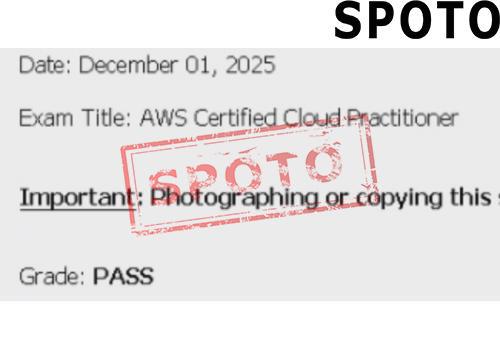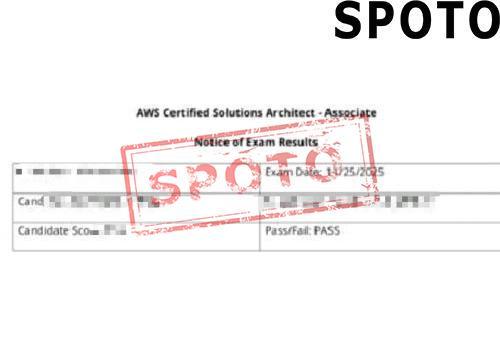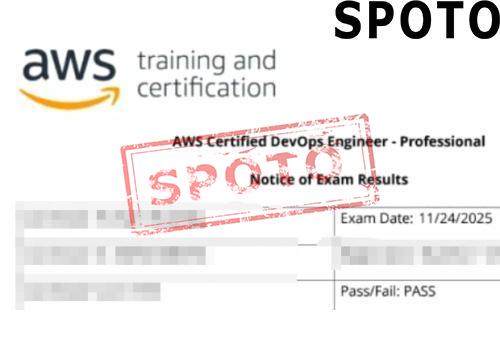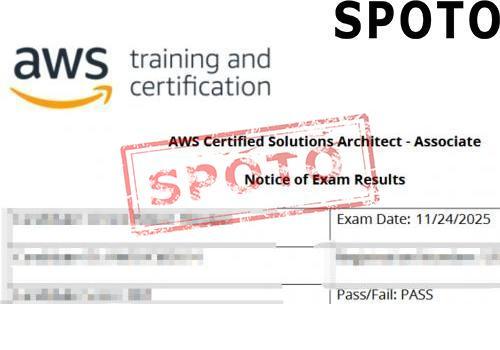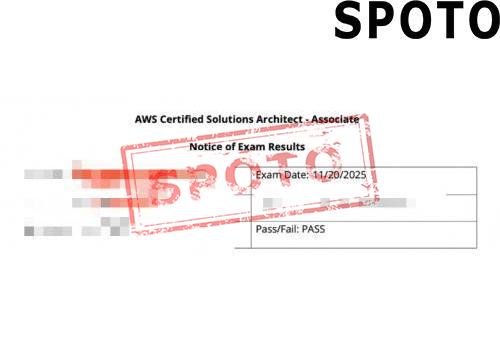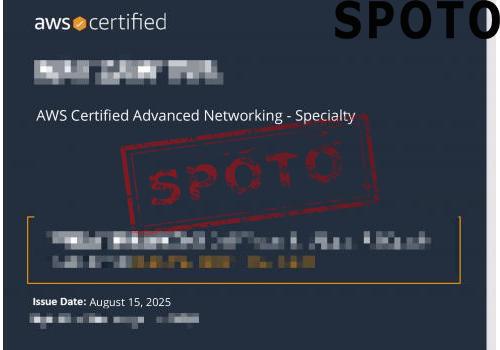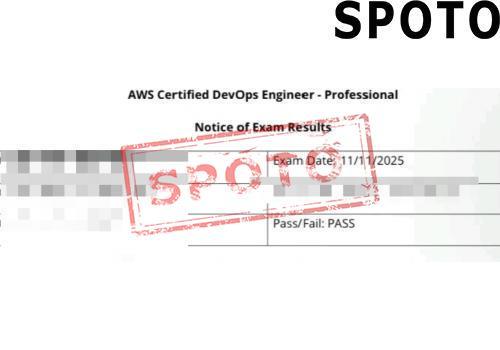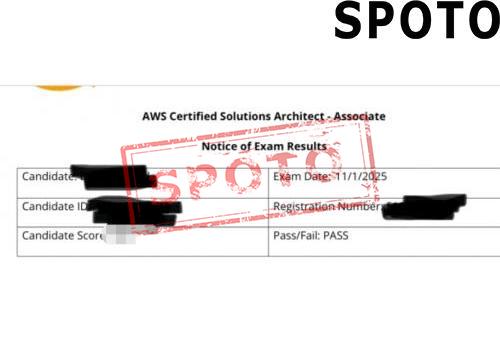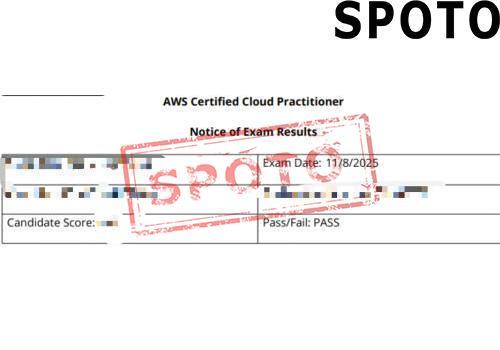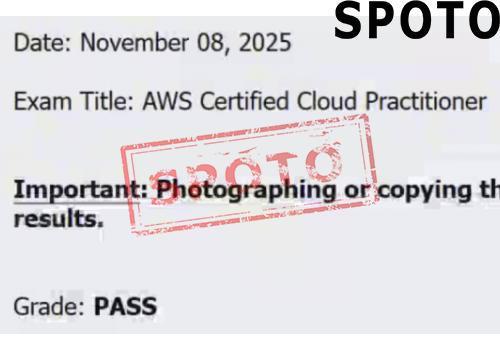
Table of Contents
1. An Overview of Enterprise Architect
In today's complex technological landscape, businesses are continually evolving, integrating new systems, data, and processes to stay competitive. At the heart of this digital transformation is the Enterprise Architect (EA). This strategic role acts as a bridge between business needs and technology solutions, ensuring that an organization's IT infrastructure aligns seamlessly with its overarching goals. But what exactly does an Enterprise Architect do, and how can you embark on this promising career path?
2. The Details
Required Skills and Traits for an Enterprise Architect
An Enterprise Architect is a multifaceted professional tasked with designing, planning, and overseeing a company's entire IT ecosystem. To succeed, they need a blend of technical expertise, strategic insight, and interpersonal skills.
Core Skills and Traits
- Technical Proficiency: Deep understanding of IT infrastructure, cloud computing, cybersecurity, software development, and data management.
- Strategic Thinking: Ability to see the big picture, align IT initiatives with business objectives, and anticipate future technological trends.
- Communication Skills: Explaining complex technical solutions to non-technical stakeholders and fostering collaboration.
- Problem-Solving: Quickly addressing and resolving architectural issues that could impede business functions.
- Leadership and Influence: Guiding cross-functional teams and influencing decision-makers to adopt innovative solutions.
- Adaptability: Staying current with rapidly evolving tech trends and adjusting strategies accordingly.
Related Roles
If you find yourself drawn to roles that blend business and tech but aren't ready to become an EA, consider positions like:
- Solution Architect
- Business Analyst
- IT Strategist
Each offers pathways for growth and specialization within the enterprise ecosystem.
3. Why become an Enterprise Architect?
Salary and Job Outlook
The demand for Enterprise Architects is soaring as businesses undergo digital transformation. According to industry reports, average salaries for EAs range from $120,000 to over $180,000 annually, depending on location and experience. The role's strategic importance ensures high compensation alongside job security.
Career Growth and Job Stability
As organizations grow more dependent on technology, EAs are increasingly seen as essential leadership figures. Moving into senior management, CIO, or CTO roles is a natural progression—consolidating both technical expertise and strategic influence. Moreover, the stable nature of the role offers resilience against economic fluctuations.
Diverse Challenges and Opportunities for Growth
Every enterprise has unique challenges—from legacy systems to integrating cutting-edge technologies like AI and IoT. Embracing these diversity of problems makes the role dynamic and intellectually stimulating. Continuous learning, certification, and cross-disciplinary exposure foster ongoing growth, presenting opportunities to specialize in cybersecurity architecture, cloud strategy, or data governance.
4. How to start a career as an Enterprise Architect?
Embarking on this career requires a combination of education, experience, and continuous self-improvement:
Obtain a Strong Educational Foundation
Most successful EAs hold a bachelor's degree in Computer Science, Information Technology, or Systems Engineering. An advanced degree such as an MBA or a Master's in IT Management further enhances strategic thinking and leadership skills.
Gain Relevant Experience
Moving into an EA role typically necessitates years of experience in IT roles—systems analysis, infrastructure management, or software development. Building broad expertise across various domains equips you with the versatile knowledge needed to design comprehensive architectures.
Obtain Certification and Develop Soft Skills
Earning industry-recognized certifications such as AWS Certified Solutions Architect Professional or PMI's Project Management Professional (PMP) showcases your technical credibility and solid understanding of enterprise operations and cloud architecture.
Simultaneously, cultivating soft skills such as stakeholder management, negotiation, and strategic planning remains crucial for effective leadership. These combined technical and interpersonal skills position you as a well-rounded professional capable of guiding enterprise technology initiatives.
Build a Portfolio of Projects
Hands-on experience, especially leading cross-departmental initiatives, positions you as a competent architect. Seek opportunities to influence technology decisions and participate in strategic planning.
Continuous Learning
Stay informed about emerging tech trends—AI, blockchain, cloud computing—and earn relevant certifications. Networking through industry conferences and professional groups nurtures growth and keeps you ahead of the curve.
5. Conclusion
The role of an Enterprise Architect sits at the intersection of technology and business strategy, making it both a challenging and rewarding career. With organizations investing heavily in digital transformation, skilled EAs are more crucial than ever—not only for optimizing technology landscapes but also for shaping the future of enterprise innovation.
If you possess a blend of technical expertise, strategic vision, and leadership qualities, stepping into the world of enterprise architecture could be your next exciting move. Through continuous learning, experience, and certification, you can position yourself as a pivotal figure in the digital age.
Ready to take the leap? Start by enhancing your skills today, and prepare to lead your organization into its digital future with confidence and clarity.
